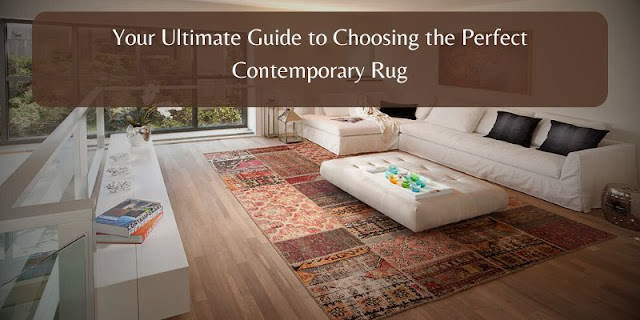Why Collectors Value Handwoven Oriental Rugs Around the World
Across cultures and centuries, intricately crafted floor coverings have fascinated art lovers, homeowners, and interior designers alike. They are more than just decorative pieces; they are cultural artifacts that carry history, tradition, and unparalleled craftsmanship. Collectors especially treasure these masterpieces because they embody stories, techniques, and artistry passed down through generations. For many, oriental rugs represent not only elegance but also timeless value.
The Historical Roots of Weaving Traditions
Handwoven carpets trace their origins to ancient civilizations where artisans developed unique designs and motifs influenced by their surroundings. Each region became known for particular colors, patterns, and weaving methods, creating a rich tapestry of diversity. These traditions were often tied to religion, trade, and cultural exchange, making them not just functional household items but also powerful symbols of identity and heritage.
Unparalleled Craftsmanship in Every Piece
What sets these carpets apart is the painstaking effort that goes into their creation. Depending on size and complexity, a single piece can take months or even years to complete. Skilled artisans use traditional looms, natural dyes, and hand-knotting techniques that result in durable, one-of-a-kind works of art. This dedication to detail ensures that every carpet produced is unique, offering collectors something that cannot be mass-produced.
Symbolism Woven into Designs
Patterns and motifs often carry deep meaning. Geometric shapes, floral motifs, and animal figures can symbolize protection, prosperity, or spirituality. Collectors are drawn to these symbolic designs not only for their beauty but also for the cultural narratives they represent. Owning such a piece is akin to holding a slice of history and tradition in tangible form.
Investment Potential and Value Appreciation
Unlike factory-made carpets, handwoven creations appreciate in value over time, particularly when well-preserved. Rare patterns, antique origins, and limited availability make them sought-after assets in the global art and décor market. For many collectors, the purchase is both an aesthetic choice and a strategic financial investment that grows in worth with age.
Versatility in Modern Interiors
Despite their deep historical roots, these masterpieces seamlessly blend into contemporary spaces. Designers often use them to add warmth, sophistication, or a pop of character to modern interiors. Whether displayed in living rooms, offices, or galleries, they bridge the gap between tradition and modernity, making them a versatile choice for décor enthusiasts.
Regional Diversity Adds to Their Charm
Every weaving region contributes a distinct style. From the bold reds and blues of Persian designs to the softer palettes of Turkish traditions, each region reflects local materials, cultural influences, and environmental inspirations. This diversity allows collectors to curate assortments that showcase a wide range of artistry, adding to the thrill of collecting.
The Role of Sustainability in Modern Appreciation
Handwoven carpets also stand out as eco-friendly choices in today’s world. Made with natural fibers such as wool, cotton, or silk and dyed with organic pigments, they are sustainable alternatives to synthetic floor coverings. Collectors value this authenticity and sustainability, appreciating the fact that each purchase supports traditional craftsmanship while being gentle on the environment.
Rarity and Exclusivity Drive Demand
No two handwoven carpets are exactly the same, which adds to their exclusivity. Limited production, regional styles, and generational skills ensure that every item is rare. Collectors often compete for access to these unique creations at auctions and galleries, where authenticity and provenance play a critical role in determining value.
Preservation and Care as Part of Ownership
Owning such a prized possession also requires responsibility. Collectors invest time and resources in proper care, including regular cleaning, protection from sunlight, and careful storage. This commitment ensures that the piece not only retains its beauty but also continues to appreciate in value, making preservation a crucial part of ownership.
Global Recognition and Cultural Pride
Across the world, museums, galleries, and private collections celebrate these works of art. They are recognized as cultural ambassadors, representing centuries of tradition and artistic brilliance. Collectors often take pride in showcasing them, knowing that each piece embodies craftsmanship admired globally.
Conclusion
In essence, handwoven masterpieces remain highly sought after because they merge artistry, history, and investment potential into one. For collectors, oriental rugs are not simply decorative items but cultural treasures that preserve heritage while offering lasting beauty. Their rarity, craftsmanship, and timeless appeal ensure that they will continue to hold value and admiration for generations to come.




Comments
Post a Comment